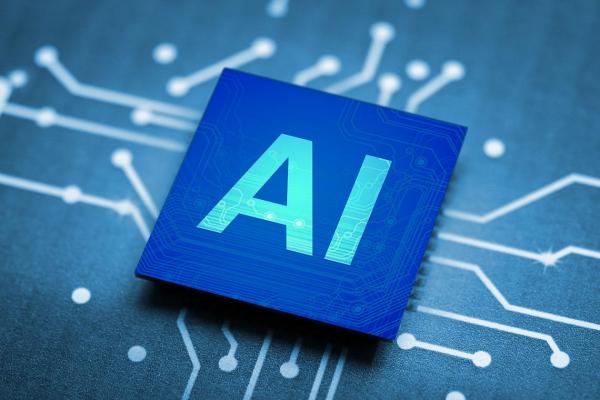AI: Realizing the Industrial Internet's Potential
![]() 06/09 2025
06/09 2025
![]() 528
528

The industrial internet is now a tangible reality, evident in the proliferation of AI. In essence, AI transforms the "internet" into an integral part of "industry," redefining the industrial internet's focus from the "internet" to the "industry." This pivotal shift marks the dawn of the true industrial internet era.
Initially, many viewed the industrial internet through an internet lens, considering it merely a synonym for the internet. Consequently, many players fell into the internet trap when implementing the industrial internet. However, through the advent of big data, cloud computing, blockchain, and the metaverse, a new understanding emerged: the industrial internet is not an internet synonym but a distinct entity with its unique connotations.
AI played a crucial role in dispelling misconceptions and guiding the industrial internet back on track. It is thanks to AI's widespread adoption and its gradual, deep transformation across industries and scenarios that the industrial internet has truly come to fruition. Therefore, understanding the interplay between AI and the industrial internet is crucial for its successful implementation.
AI has genuinely transformed the internet from a mere "third party" to an integral "industry." In the past, during the PC and mobile internet eras, the internet was often seen as an independent "third party," distinct from industry. While this clarified the internet's role, it also isolated it from industry and physical entities. As traffic dividends waned, and the internet's "third party" function faltered, this perspective revealed increasing issues.
The blind pursuit of efficiency, scale, and traffic competition exposed the internet to numerous challenges. It became evident that viewing the internet solely as a "third party" without recognizing its potential as an "industry" that could interconnect with others would lead to increasing difficulties. Thus, players sought ways to transform the internet into an "industry," witnessed in the rise of big data, blockchain, and the metaverse.
However, it was AI's emergence and its integration with numerous industries and scenarios that truly enabled the internet to transform into a new kind of "industry." By combining data and scenario resources accumulated during the internet era, internet players became incubators for AI, seamlessly integrating it with their associated industries. Leading AI players, such as Baidu, Alibaba, and Tencent, all possess strong internet backgrounds.
When AI facilitates the internet's transformation into an "industry," the industrial internet ceases to be an either-or proposition, achieving a harmonious union of "industry" and "internet." This marks the true advent of the industrial internet.
AI has also enabled the internet to find new growth avenues. Prior to AI's popularity, various explorations and attempts were made, resulting in new retail and social e-commerce. However, these models failed to spur new growth in the internet industry, perpetuating old development paradigms. Simply continuing the internet model with new concepts, without fostering new growth, would lead to a vicious cycle, regardless of trendiness.
Moreover, the significant difference between the industrial and consumer internets lies in their respective growth dividends and incremental potential. The industrial internet promises much greater benefits. If implemented without fostering new growth, it would struggle to reach new heights.
AI's emergence, particularly its internal transformations within the internet and related industries, unleashed new growth. Unlike the consumer internet, which merely enhanced efficiency through disintermediation, the AI-driven industrial internet seeks new growth through deep, comprehensive industry transformations.
This approach initiates a radical change across industries, including the internet, embodying the supply-side transformation and upgrade we often discuss. As this phenomenon emerges, supply-demand balance is no longer achieved through traditional internet matchmaking and intermediaries but through novel business models. AI enables the internet to transcend traditional models, unlocking imaginative growth potential.
The industrial internet's defining feature is the seamless fusion of the virtual and real economies. Early industrial internet explorations, such as deep industrial end empowerment and online-offline integration, reflected this quest. However, players struggled to break free from old models, hindered by internet technology's inherent limitations.
Achieving a perfect virtual-real fusion, and even deriving new industries therefrom, is crucial for the industrial internet's evolution. As AI matures and integrates, new industries emerge, like autonomous driving, unmanned delivery, and digital human livestreaming, exemplifying virtual-real combinations and new industrial entities. When these entities become the industrial internet's core, it transcends the virtual economy, becoming a virtual-real fusion-driven entity, realizing the true industrial internet.
Conclusion
As AI matures and lands, the industrial internet, once a dream, is becoming a reality. AI has made the industrial internet a tangible entity. Understanding the logic between AI and the industrial internet, and finding the right implementation strategies, can propel the industrial internet into a new era. If internet technology was the consumer internet era's infrastructure, AI technology is the industrial internet era's. As AI matures, the industrial internet era will follow suit.







